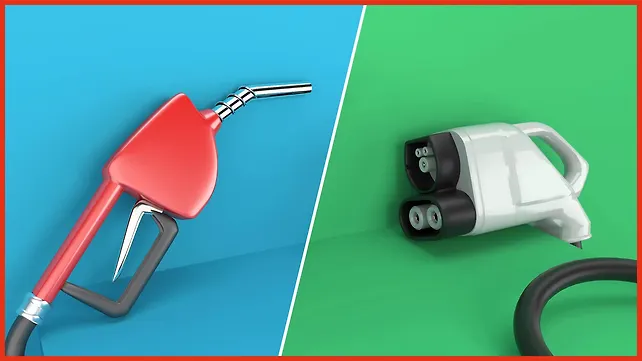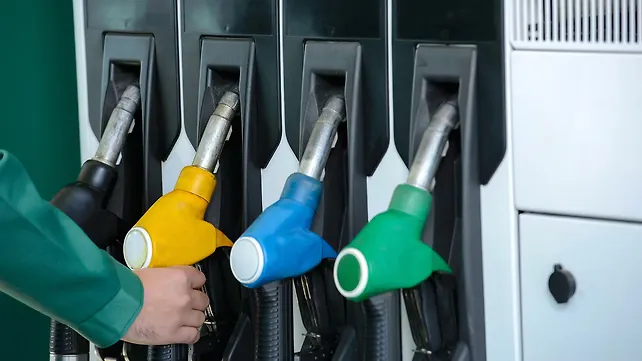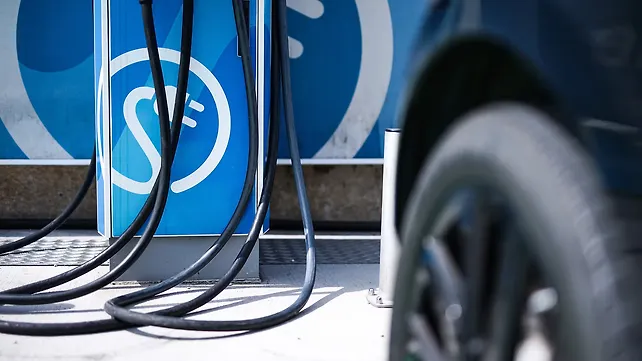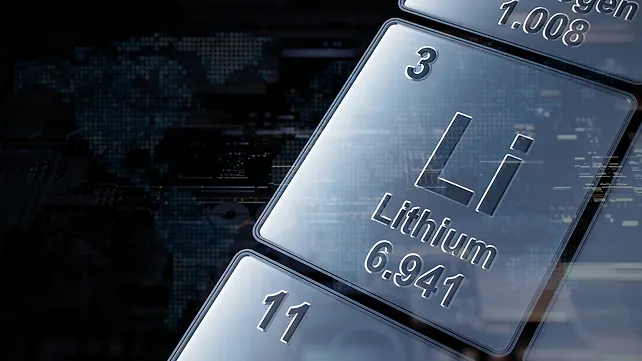
Electric mobility penetration growth is dependent on charging infrastructure, besides vehicle cost and many other aspects that are yet to find that sweet spot in this fast-paced mobility evolution. There are multiple levers to expand the infra that all stakeholders from different segments are evaluating and testing.
At the outset, these levers should be simple to deploy, multiply & scale-up, safe, affordable, smart, and accessible to each consumer in urban and non-urban environs.
To benchmark the depth of infrastructure, pragmatic ideas exist in the ecosystem of the cell phone industry, day-to-day consumer electronics, gaming industry, current vehicles, and other non-automotive industries. These have matured and evolved over decades, taking time for consumer confidence to build and for OEMs as well as service providers to make them robust and reliable.
The principle of interoperability has been the common thread of widespread deployment of technologies and services that have enabled economies of scale, standardisation, safety norms, governance, and ease of operation. All these attributes, to remind all of us, have evolved and become sustainable through actions that have been patiently iterative year on year.
Fossil Fuel Ecosystem
In an EV, Energy Storage Systems (ESS) are analogous to fuel tanks of an ICE vehicle. In ICE vehicles, fuel tank capacity and form factors change depending on the specified range and type of a vehicle. The fuel tank size and form factor is not standardised.

The innovative juices of mobility practitioners have converged to make aerodynamic vehicles, and perform creative integration in vehicles that give consumers a plethora of vehicle styling options in 2W/3W/4W and bus segments with low coefficient of drag for better fuel economy saving.
In ICE vehicles, customers have the option and flexibility to pick and choose the size of an engine depending on their needs & vehicles. The engines, depending on the design and application, use different grades and octane numbers of fuel that is dispensed at the fuelling stations. The taxation in ICE vehicles is done as per the engine displacement and its carbon footprint.
The fuel filling nozzle size and fuel tank openings in vehicles are standard across the world. This helps in standardisation, low ownership cost for customers, less complexity, lower logistics cost, and lower carbon footprint. The regulators of business policies and technology have outlined norms to standardise safety and operability. In turn, that has increased consumer confidence and transformed the fossil fuel mobility ecosystem to ‘fill, forget and drive’.
E-Mobility Framework
With that backdrop of operability, it is logical to have a framework in e-mobility that only defines a charging port at any charging station, and the charging connector on a vehicle. Stay away from enforcing form factors to give customers the flexibility of power and performance in a vehicle platform.

The “flexibility” in form factors is a “must have” for different ranges and types of vehicles. Form factor definition, certainly can evolve and mature over time, as mobility solutions expand. The biggest risk and challenge of locking a form factor is being agile and adaptable with the evolving cell chemistry and the options at hand.
Cell chemistry is evolving rapidly, and has changed over the years with researchers trying to find out the elusive balance of cost, safety, performance and longevity. The available raw materials, power density, operating environment and application are strong influencers in the competitive automotive space. It is sensible to stay away from mandating these chemistries, as it will confuse customers, add cost, and there is a high risk that the chemistry could become obsolete due to its pace of development.
Locking a cell chemistry and form factor is a huge safety risk, as some ambitious ESS suppliers could possibly force-fit solutions and thus restrict flexibility in offering a variety of robust and reliable solutions. Further, mandating cell chemistry increases dependency on foreign suppliers for raw materials, which is a threat to national security and self-dependence.

Innumerable standardisation and interoperability possibilities exist in several critical upstream and downstream e-mobility areas, including sub-systems and components such as connectors, communication protocols, safety regulations, charging ports, wiring harnesses, revenue models by energy providers, test, interface & safety standards, crash & impact, EMI/EMC, recyclability frameworks, ELV, road taxation based on energy density in a vehicle and so on.
These are a few focus areas that need an immediate collective convergence to have a positive impact for an exponential impact on our environment and consumers.
Food For Thought
Finally, some food for thought. With such a mature and stable network of fuel filling stations, long time investments that have already depreciated, strategic locations of fuel station network by the expanse of energy providers (fossil fuel providers) in different cities globally, the charging infrastructure system can leverage it for the benefit of consumers and cost optimisation.
As the penetration of EVs grows, or even in anticipation of the growth, regulators can define the percentage of EV charging station conversion of each fuelling station to co-exist. Partnership of fossil fuel companies with battery manufacturers and charging station service providers, and some sort of investment sharing business model for either stakeholder could catapult the e-mobility ecosystem.
In this nascent segment, stakeholders must prioritise, creatively work together and keep it simple and sustainable for customers, for a seamless transition into e-mobility.
About the Author: Dr Arun Jaura is Chief Technology Officer at Hero MotoCorp.